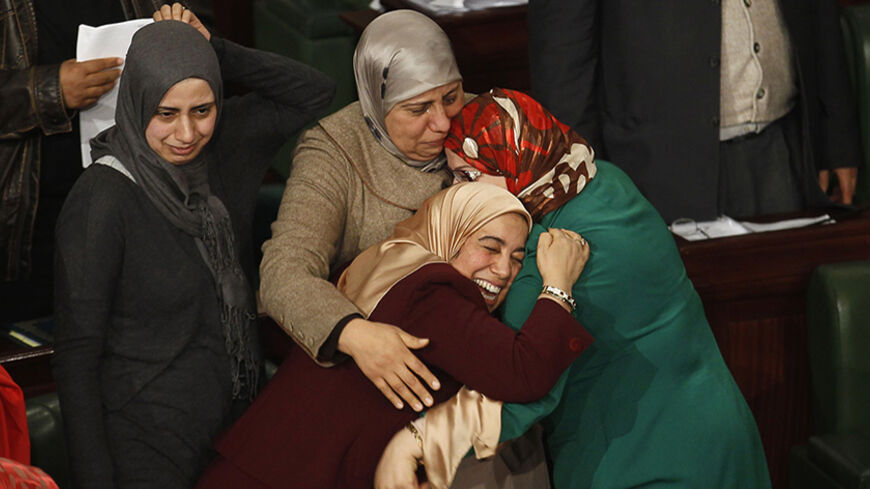Arab women are increasingly present in public life, contrary to widespread misconceptions about the region. This is at least what Youssef Courbage, research director at the French National Institute for Demographic Studies (INED), contends. The combined effects of delayed marriages, high enrollment rates in universities, access to contraception and decreased fertility (i.e., the number of children per women) has led to the emergence of women from the family sphere and entry into the labor market and politics.
In an interview with Al-Monitor, Courbage dated this evolution to the early 1970s. He cited Morocco as a case in point, where the percentage of single women in the 30-34 age bracket has soared from 5% in the late 1960s to 33% today. Likewise, traditional marriages that often involve marrying into a clan or tribe continue to plummet, from 30% in 1995 to 15% today. Female political participation is best exemplified in Tunisia, where women represent more than 31% of members of parliament, up from 28% in 2011. By way of comparison, a mere 18% of national legislature seats are held by women in the United States and 27% in France.



